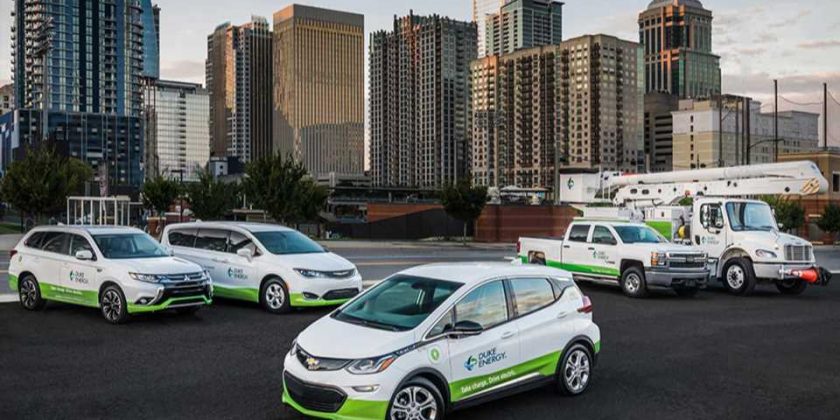The goal is to put some 7,000 plug-ins on the road by 2030.
Duke Energy announced deep electrification of its fleet of roughly 10,000 vehicles by 2030, as well as the installation of more charging infrastructure in its service areas.
The company currently owns about 600 plug-ins. The plan is to convert to BEVs 100% of its light-duty vehicles (nearly 4,000), and convert to plug-ins (BEV/PHEV/other zero emission) 50% of its combined fleet of medium-duty, heavy-duty and off-road vehicles (3,000 out of 6,000 total).
That’s a total of some 7,000 plug-ins (4,000 cars and 3,000 bigger vehicles) that will be put on the road within 10 years by just one company. If other utilities will do the same, it should be noticeable in the sales stats.
As we can see in the image, Duke Energy was already exploring electrification with various models available on the market:
Since 2018, Duke Energy already installed 500 charging stations and the latest plan is to install approximately 5,700 more (including about 2,200 residential EV chargers) in Florida, the Carolinas and Ohio.
More than 200 workplace chargers for employees will be installed by the end of 2020.
By 2050, Duke Energy would like to achieve also net-zero carbon emissions from electric generation.
Source: Read Full Article

